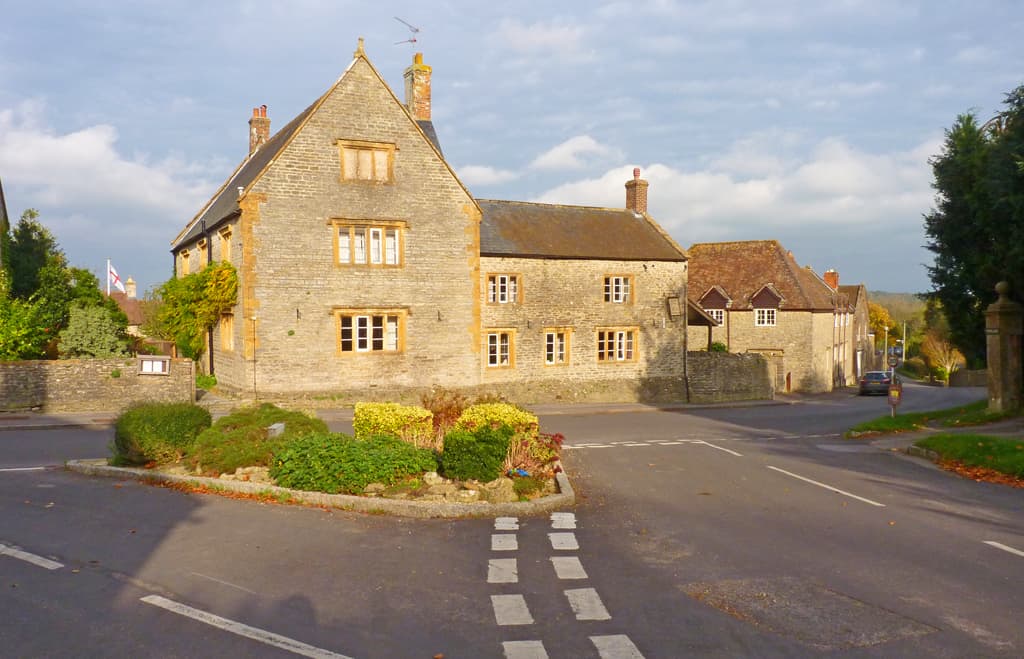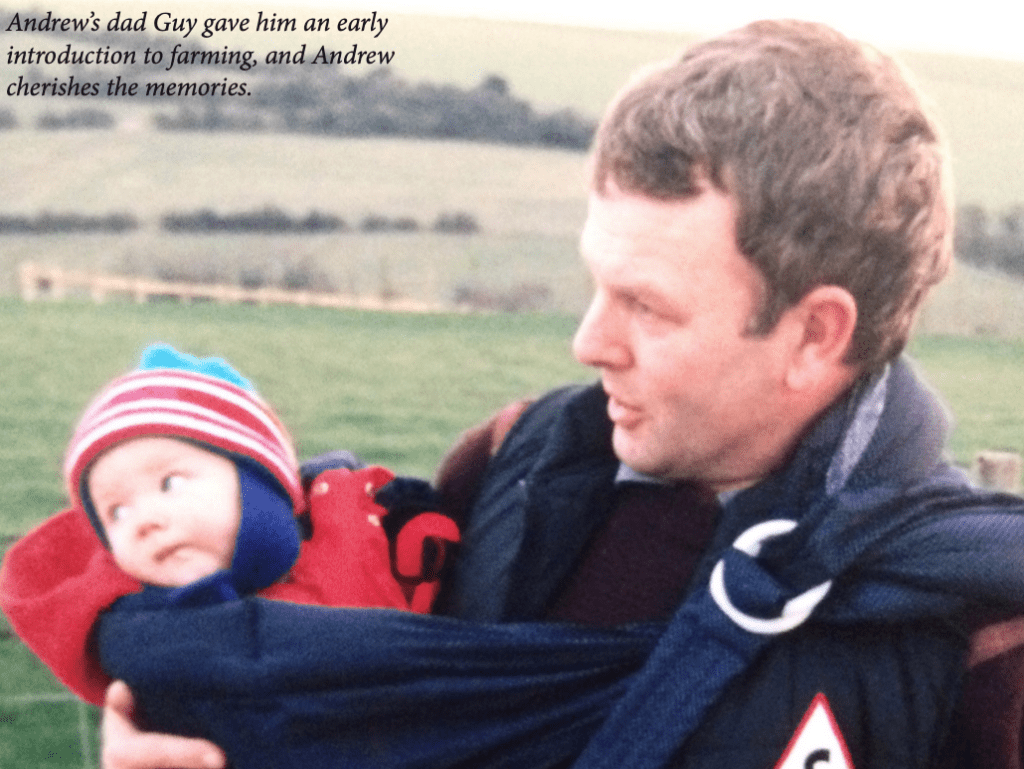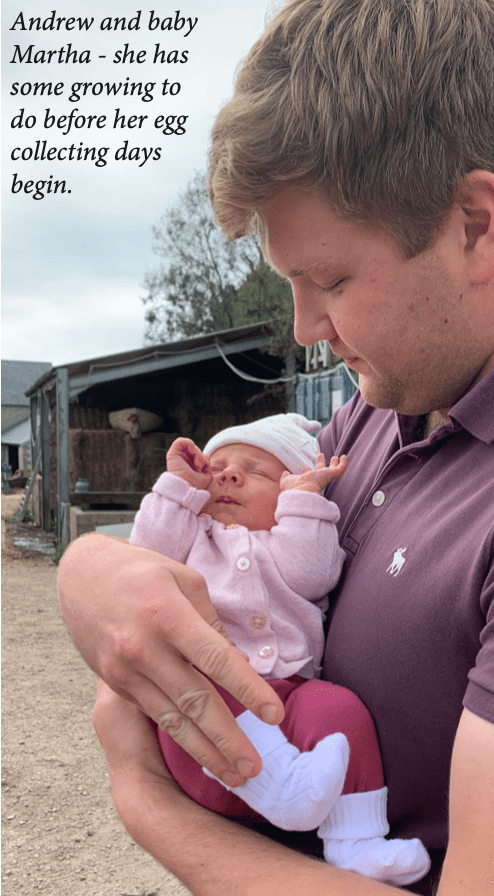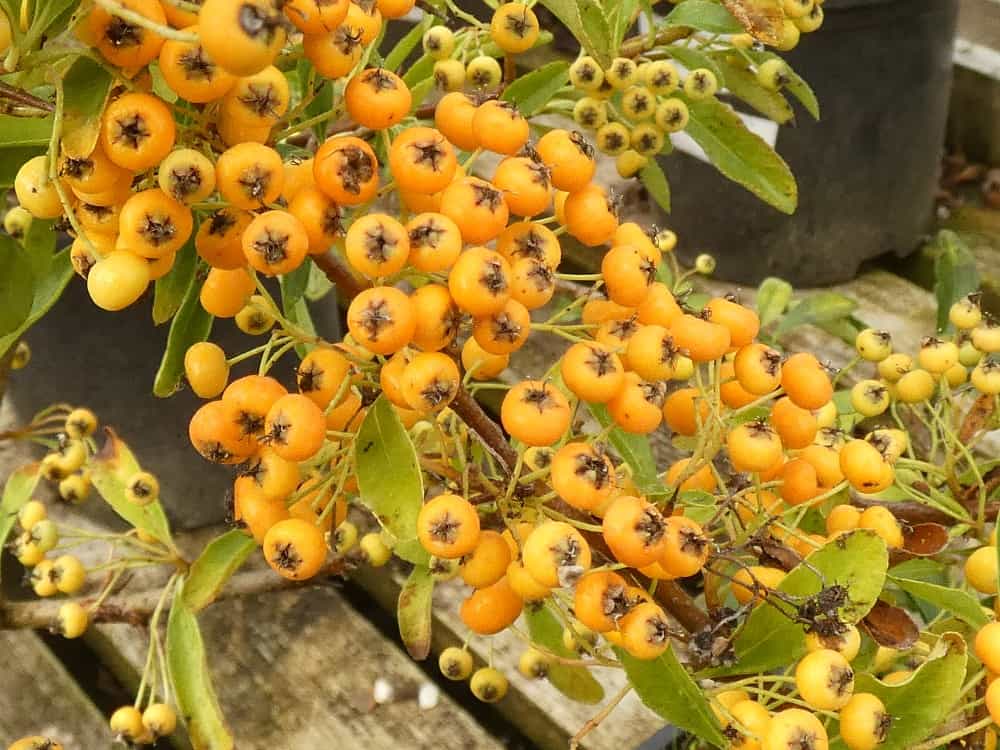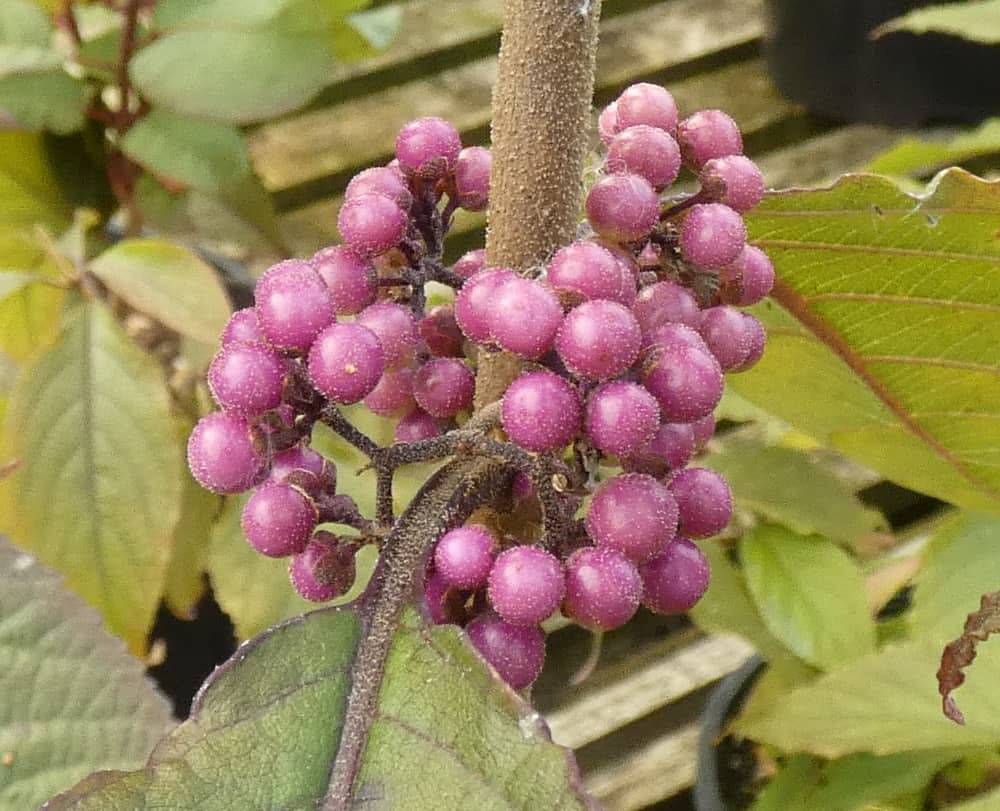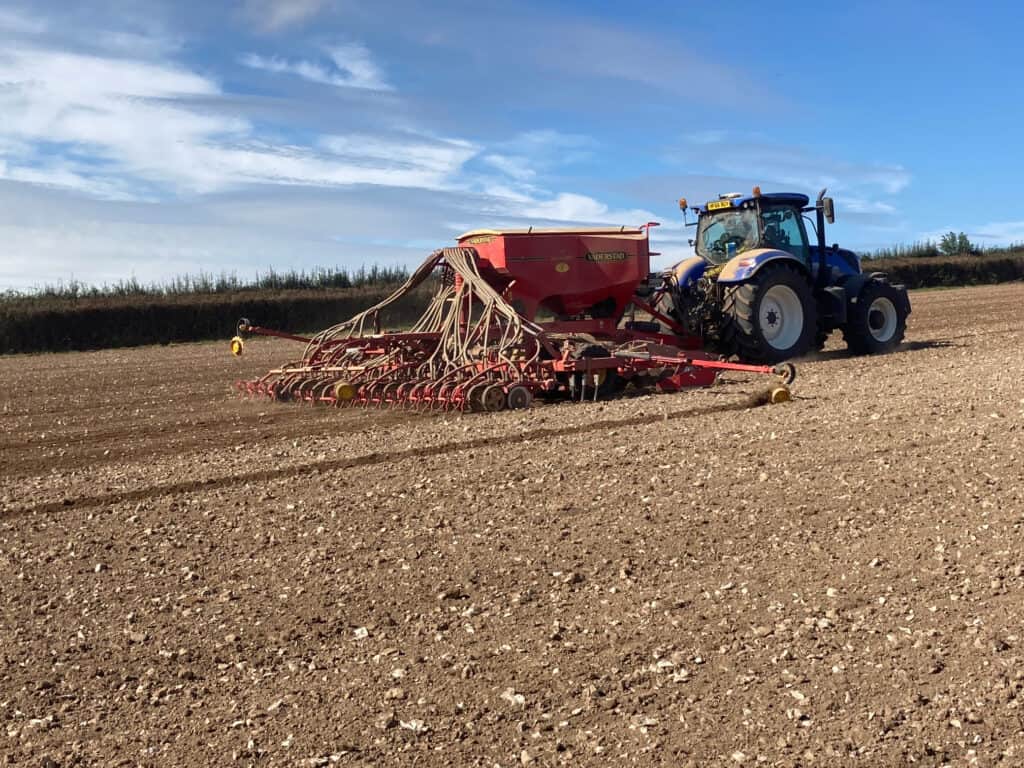Due to the lack of any substantial amounts of rain for many weeks (at the time of writing!), all the later plantings and sowings needed frequent watering during September.

The comma butterfly gets its name from the only white marking on its underside, which resembles a comma. When resting with wings closed this butterfly has excellent camouflage, the jagged edges and cryptic colouring of the wings conceal hibernating adults amongst dead leaves. The larvae, flecked with brown and white markings, bear close resemblance to bird droppings.
These included leeks, Winter and Spring cauliflowers, Romanesco, Savoy cabbage and calabrese. Other crops needing water were the Witloof chicory, celeriac and celery. The celeriac was also mulched and fed with liquid seaweed.
All the Autumn salad crops sown during late August and early September were watered every other day and put on good growth.
We finished picking the Swift sweetcorn on the 23rd. From 45 plants of this early extra tender and sweet variety we harvested about 70 well filled cobs. Many of these were eaten with lashings of butter within a few hours of picking, the remainder ending up in the freezer.
Carrots, beetroot, radish and lettuce were harvested as required. The plants from our last sowing of lettuce will be protected by cloches and will be ready in October.
Brassicas and cob nuts
The last Cheesy cauliflower was cut mid month, and next to harvest in October will be Fargo and Di Sicilia violetta with purple curds. Cendis will follow during November and December and then Medallion in February and March. We aim to have cauliflower available for about six months of the year – to achieve this we raise and grow five different varieties.
Early planted Ironman calabrese is providing us with some good heads. Hopefully these plants will produce smaller side shoots over the next few weeks. The cob nut bushes in our hedge have given a heavy crop of large nuts. These bushes were planted about 25 years ago. Our raspberry canes have cropped over a two month period and at the moment the variety Joan J is doing exceptionally well.

Due to its decline, weasel’s snout is classified as “Vulnerable”. The pink flowers resemble a miniature snapdragon and are
followed by a hairy green fruit which is said to resemble a weasel’s snout. Image: Barry Cuff
In other news…
The sunny September days saw many butterflies on the plot attracted by Tithonia, sunflower and Cosmos. We have noted Comma, Peacock, Painted Lady and Small Tortoiseshell. Both Large White and Small White have been very active laying eggs on the Brassica plants. Their eggs and caterpillars are squashed before they can do too much damage. The plants are inspected daily as the caterpillar of the Small White is green and quite often lies along the midrib of the leaf making it difficult to spot.
An interesting plant still flowering on the plot is Weasel’s snout (Misopates orontium), a miniature snapdragon with pink flowers (below). This is a fairly rare annual weed. Over the next few weeks we will be requesting catalogues from seed companies and ordering well rotted horse manure from a local farm.
By: Barry Cuff
Sponsored by: Thorngrove Garden Centre






